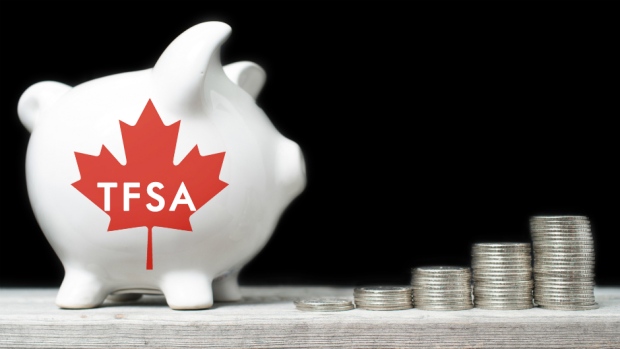Mar 11, 2019
Personal Investor: 4 money-saving tax tools for the average investor
By Dale Jackson

Tax breaks aren’t easy to come by for the average investor. That’s why it’s important this tax season to take advantage of whatever is available. Here are four tax tools that can save money for just about anyone.
Registered retirement savings plan: It's important to know that an RRSP is not a tax-exemption but a tax-deferral plan. It allows you to shelter your savings tax-free until a point in the future when you can withdraw it at a lower tax rate. If you don't make the maximum allowable contribution, the difference can be accumulated and carried forward to future years. The total contribution room available for any year is listed on the previous year's tax return.
The amount you contribute can be deducted from the highest level of your taxable income. For that reason, RRSPs provide the greatest advantage to people in high income brackets.
Tax-free savings account: The TFSA is the same as the RRSP – only different. Investors can hold the same broad range of securities in a TFSA, but unlike an RRSP, they cannot deduct their contributions from their taxable income. On the plus side: unlike RRSPs, returns from investments in a TFSA are not taxed – ever.
Capital gains in non-registered accounts: There are also tax-saving strategies outside an RRSP and TFSA, in an unregistered trading account. While income from fixed-income investments is taxed at 100 per cent, only half of capital gains from equities are taxed in the year they are sold. Unlike RRSPs or TFSAs, capital losses can be deducted from capital gains going back three years or forward indefinitely.
Dividend tax credit in non-registered accounts: The dividend tax credit is a non-refundable tax credit which applies when Canadian dividends are included in income. Individual taxpayers can apply it on the grossed-up portion of dividends received from Canadian corporations. Gross-up refers to increasing the gross amount of a payment to account for tax deductions.








